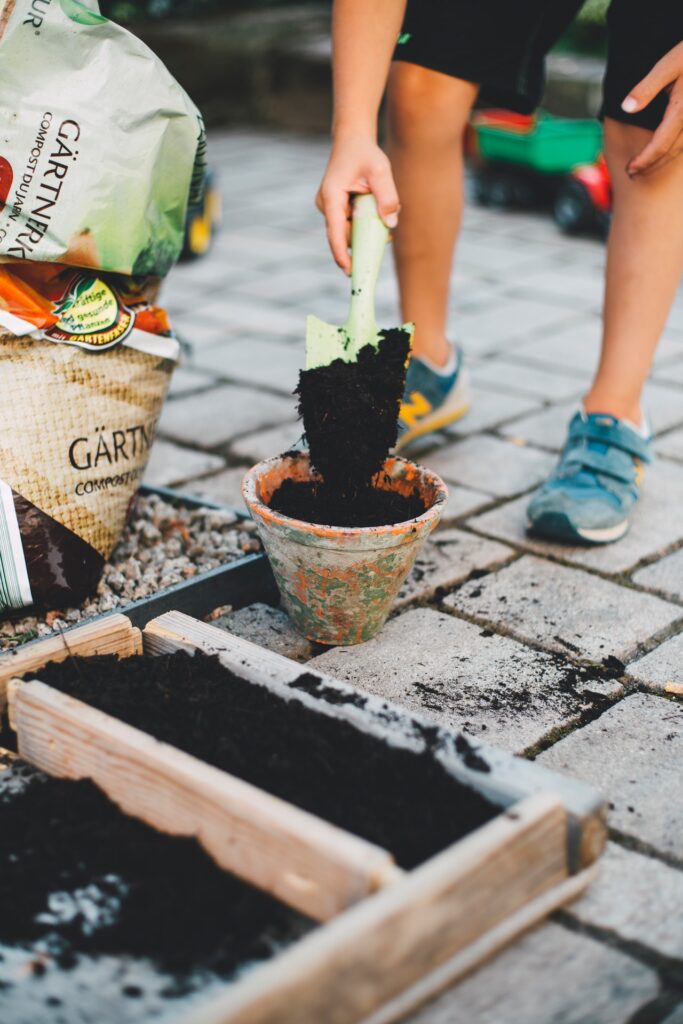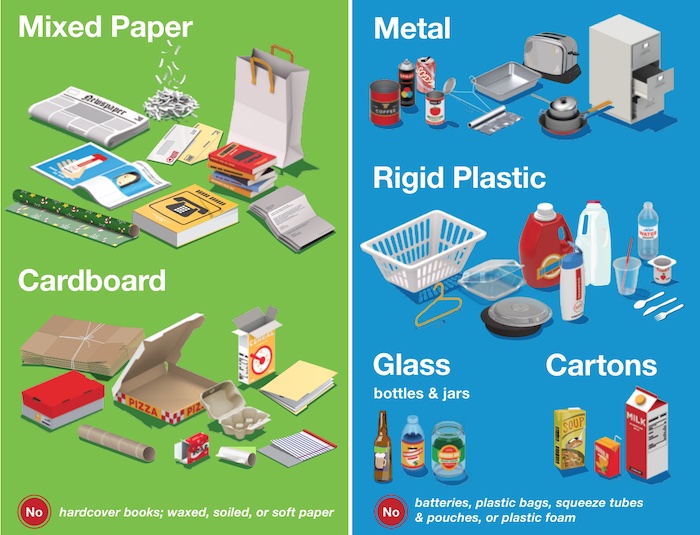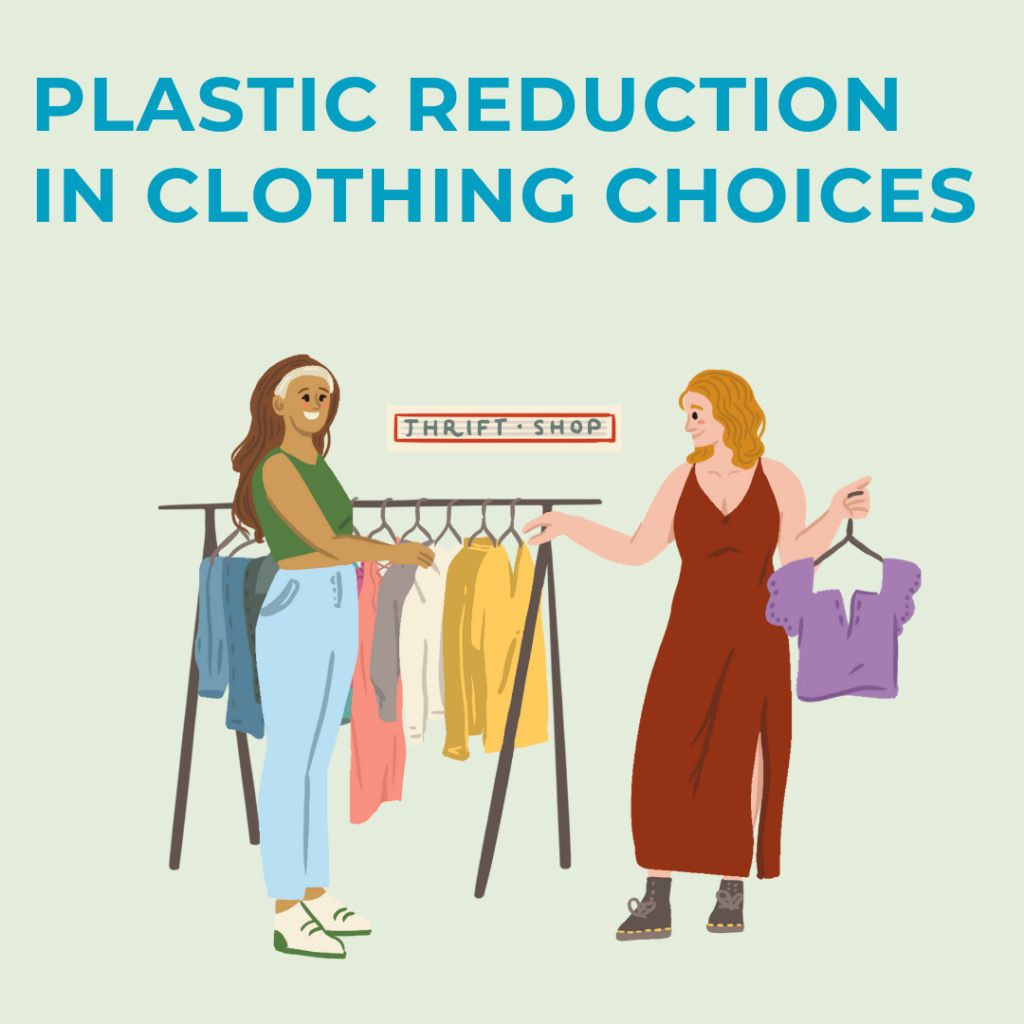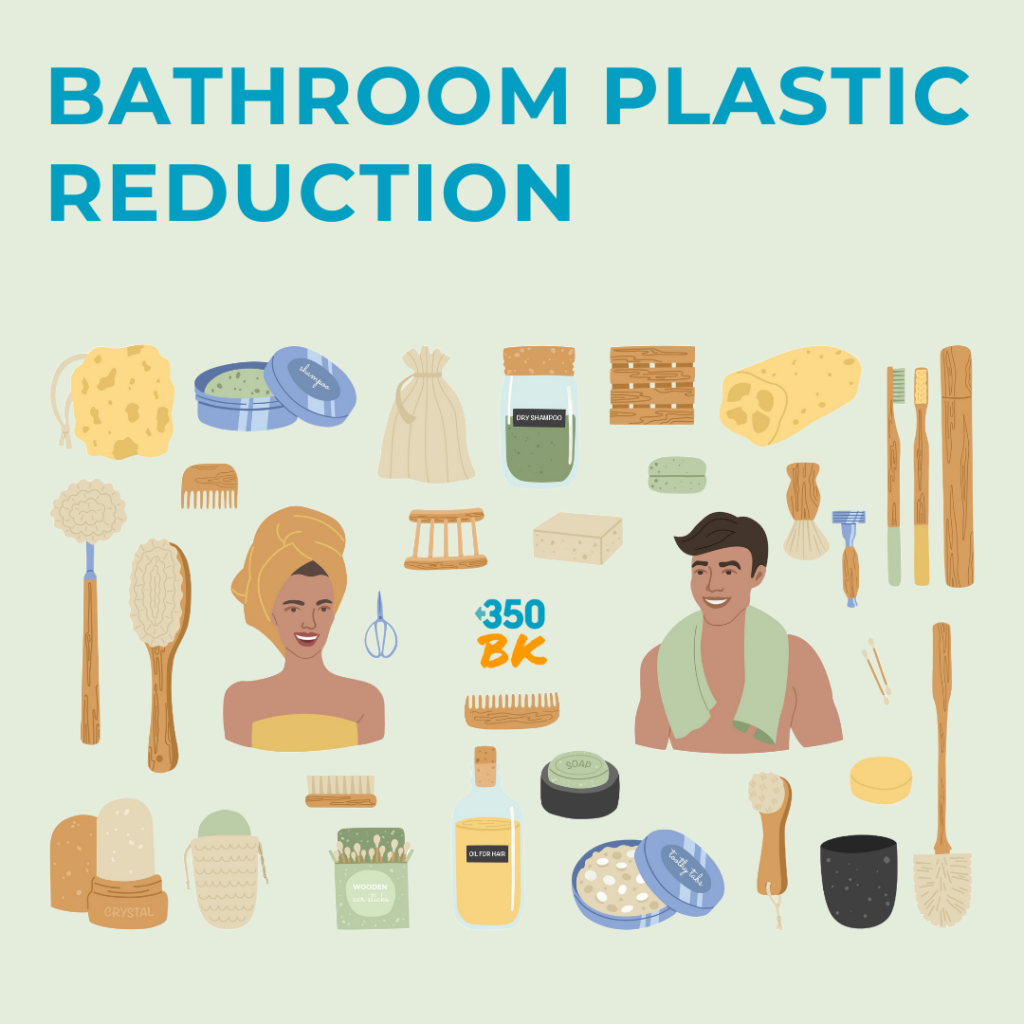The production, distribution, and disposal of fabric and clothing contributes to greenhouse gas emissions and so the unchecked purchase of the latest fashions accelerates the climate crisis for us all. The apparel and textile sector relies both on huge areas of agricultural land and on the production of fossil fuel-based plastic (60% of our clothes incorporate synthetics like polyester and nylon.) Manufacturing textiles and the clothes themselves is an energy-intensive industry, as well as one that often pollutes local waters. As a global industry, transporting these goods is also fossil fuel intensive. All of this has an impact even before clothing arrives in stores. While the contribution of clothing to an individual’s overall carbon footprint has not yet been reliably calculated, changing your fashion habits can be easy and fun. Here are some ways to do it.
Shop Second-hand
Shopping second-hand reduces global textile demand and associated waste. It reduces the demand for raw materials, plastics, dyes, and chemicals, and it reduces the demand for energy for manufacturing and transportation. So shopping second-hand reduces greenhouse gas emissions generated by the clothing sector.
And in New York City, vintage and thrift stores abound! Here’s a great guide to vintage shops to get you started. The Salvation Army has stores in Boerum Hill, Sunset Park, and Sheepshead Bay, and Goodwill has one in Downtown Brooklyn.
Be Careful About Shopping On-line
While many of us appreciate the convenience, returned clothing is too often not resold but merely thrown out as waste. The return rate for online clothing retailers is 15-30%, and estimates are that fully 25% of returned items are discarded.
Have a Party!
For a creative way to get your hands on second-hand clothes, host a clothing swap party! Invite your friends to join in bringing an agreed upon amount of clothing and accessories to the event. All of the items are fair game, so you can trade, barter, and donate clothes to your friends while snagging some great pieces to breathe new life into your closet.
Throw Out Clothing Right
Most clothing and other textiles can be reused or recycled, but only if it ends up separated from other waste. Many thrift or vintage shops will take clothing that is still wearable. Check out these shops, or the Salvation Army, or Goodwill. Farmers Markets that offer organics collections often have adjacent tent that takes textiles and clothes (as well as shoes, hats, and other accessories) in any condition. (See https://www.grownyc.org/clothing), and the Department of Sanitation takes these items, too. If you live in an apartment building with ten or more units, the Department of Sanitation will give your building its own bin for clothing disposal.
Work on Systems Change
So far fashion hasn’t gotten the same attention as, say, renewable energy or electric vehicles in fighting the climate crisis. Yet there is a budding movement to tackle fashion’s impact. The European Union has a Sustainable Products Initiative intended to make products more durable, and use regulation and taxation to reduce fashion’s footprint. Hopefully there will be more to come.
To look into this further:
- Phenomenal resource: Brooklyn Eco Fashion Blogger Alden Wicker, Eco Cult
- Common Objective: https://www.commonobjective.co/article/can-fashion-stop-climate-change
Note: 350Brooklyn offers these links to resources in good faith but does not have the capacity to deeply evaluate each one.











